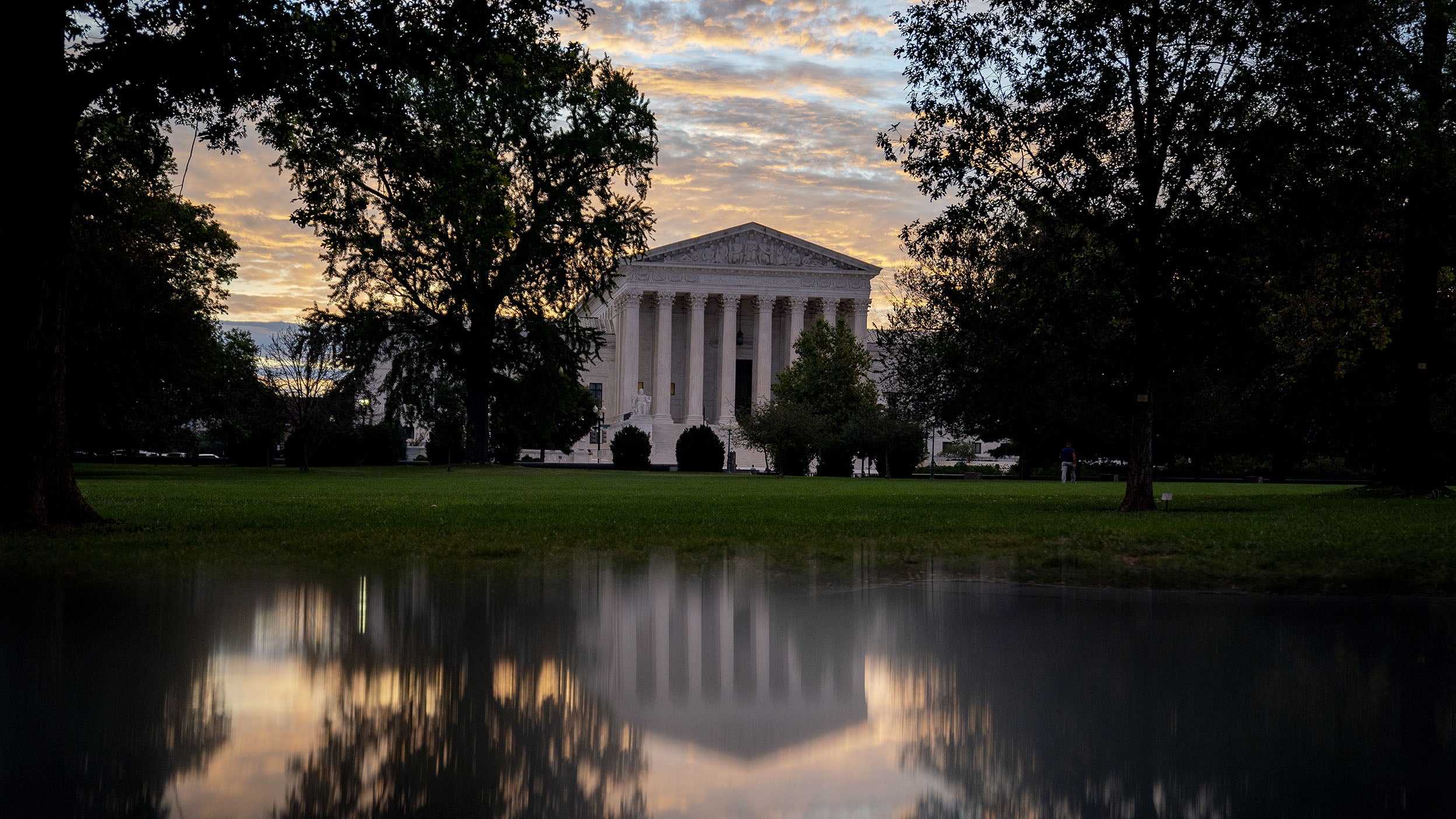
Plan governance ERISA litigation playbook part 1: DC plan governance best practices
DC plan committees can help reduce litigation risk by establishing and following proper plan governance policies and procedures.

Loper Bright, which overturned the long-tanding Chevron deference doctrine, calls into question guidance from the Department of Labor (DOL).
Regulations that were presumed to be well established – and relied upon by plan sponsors – could be challenged by the courts.
Plan sponsors should keep a close eye on litigation challenging (new and old) regulations that may change their compliance obligations.
The Loper Bright case made its way to the United States Supreme Court (the Court) with implications well beyond fishermen and fees for observers. In the lower courts, the opinions relied upon the 1984 case of Chevron U.S.A., Inc. v. Natural Resources Defense Council, Inc. Ultimately, the Court departed from the Chevron case which previously held that where a statute is unambiguous as to what Congress intended, then Congress’s intent should be followed. However, when a statute is deemed to be ambiguous, then federal agencies may interpret the law, and courts are to defer to that interpretation unless the agency rule is “arbitrary or capricious in substance, or manifestly contrary to the statute.”
The Court did not stop at Loper Bright. In the Corner Post, Inc. v. Board of Governors of the Federal Reserve System case, the Court issued another opinion in a matter related to debit cards, though the impact was not really on debit cards but was more impactful for a statute of limitations, which means the deadline for filing a lawsuit.
There are four key implications from the overturning of the Chevron Doctrine.
Plan sponsors should consider keeping a close eye on how the outcome from Loper Bright may impact their retirement plans, participants, and compliance obligations. Download the full article to learn more about implications and action steps for plan sponsors.

DC plan committees can help reduce litigation risk by establishing and following proper plan governance policies and procedures.

Fred Reish discusses three steps committees should take when adding retirement income options to their DC plans.

Fred Reish covers the fiduciary process and best practices around in-plan retirement income solutions.
Important information
NA3995825
Reprinted with permission from Bonnie Treichel. While Invesco believes the information presented in this article to be reliable and current, Invesco was not involved in writing the article and cannot guarantee its accuracy. This article is provided for educational and informational purposes only and is not an offer of investment advice or financial products. Invesco is not affiliated with Endeavor Retirement or Endeavor Law.
The opinions expressed are those of the author, are based on current market conditions and are subject to change without notice. These opinions may differ from those of other Invesco investment professionals.
The information provided is general in nature and may not be relied upon nor considered to be the rendering of tax, legal, accounting or professional advice. Readers should consult with their own accountants, lawyers and/or other professionals for advice on their specific circumstances before taking any action.
This link takes you to a site not affiliated with Invesco. The site is for informational purposes only. Invesco does not guarantee nor take any responsibility for any of the content.